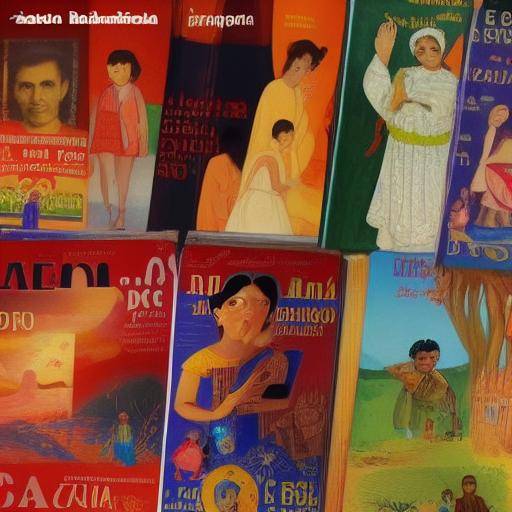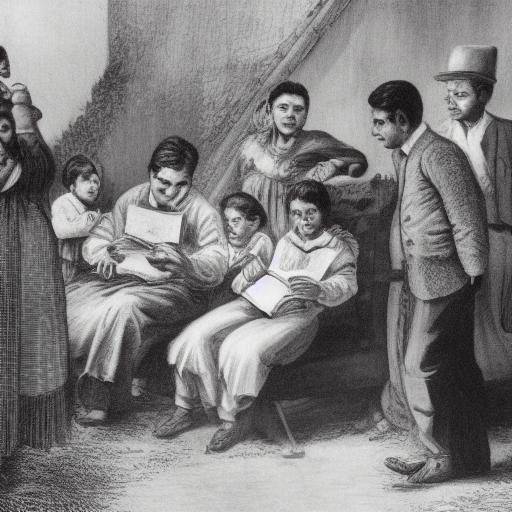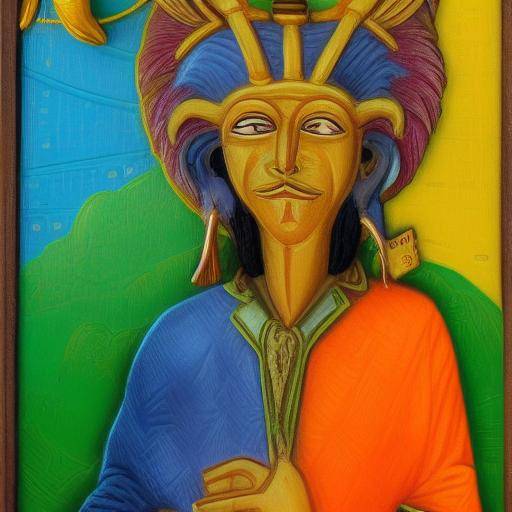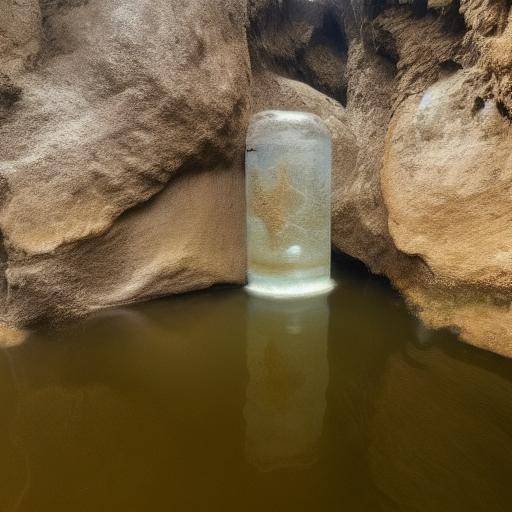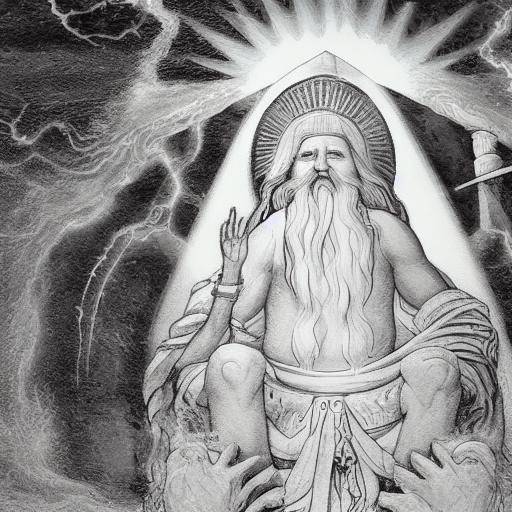
The mystery of the Naga, the divine serpents, has captured the imagination of cultures throughout history. From their appearance in the ancient Hindu legends to their presence in Buddhist mythology and other Asian traditions, the Naga have been regarded as masters of water, guardians of treasures and depositaries of wisdom. In this article, we will explore the fascinating history, powers and meaning of the Naga, offering an enriching vision of their ancestral legacy.
Introduction
The splendour of the Naga, or divine serpents, has been portrayed in numerous legends and spiritual traditions throughout the centuries. These mythological entities, venerated in different cultures and religions of Southeast Asia, have been associated with water, wisdom and treasure-keeping. Through this immersion in the Naga universe, we will discover the mysteries behind these mythical beings and their influence on the beliefs and practices of civilizations.
History and Background
The origins of the Naga go back to the ancient sacred scriptures of India, where they were considered divine beings associated with water and the protection of wealth. Their presence is found both in Hinduism and in Buddhism, and their influence spread throughout Asia, acquiring different interpretations and meanings over time.
The appearance of the Naga in the Vedic scriptures as entities of divine power and their representation in Buddhist mythology as treasure-servants and symbols of wisdom have generated a rich cultural legacy that has endured throughout the centuries. The connection of the Naga with water, a vital element and a symbol of purification, has consolidated their status as divine beings endowed with powerful attributes.
Analysis in Deep
The symbolic meaning of the Naga is intertwined with the conception of water as a source of life, purification and spiritual connection. His presence in mythological narratives offers a deeply rooted vision of the worldview of ancient civilizations, which encompasses fundamental aspects of human existence.
The wisdom represented by the Naga transcends mere intellectual knowledge, incorporating a holistic understanding of the material and spiritual world. His role as treasure guardians not only refers to material wealth, but also to the preservation of sacred teachings and values essential to humanity.
In the contemporary context, the influence of the Naga is manifested in the preservation of ancestral traditions, as well as in the search for harmony and balance with the natural environment. His legacy continues to inspire rituals, festivals and artistic expressions that celebrate the connection between man and nature.
Comprehensive review
The concepts associated with the Naga, such as water, wisdom and treasure custody, are intertwined in a symbolic intertwined complex that has endured over time. The evolution of these symbols and their meaning in different cultural traditions reveals the universality of the teachings they transmit.
On the one hand, water represents the source of life and renewal, symbolizing fluidity, adaptability and transformative potential. This interpretation of water as a vital element is closely linked to the presence of the Naga, who personify the dynamic force and purifying power of water.
On the other hand, the wisdom embodied by the Naga transcends the mere accumulation of knowledge, encompassing a profound understanding of the nature of the universe and existence. Their role as depositaries of spiritual wisdom and ancestral knowledge places them as guides and protectors of truths essential to humanity.
In addition, treasure-keeping symbolizes the responsibility of preserving and safeguarding not only material wealth, but also moral and spiritual values that give meaning and fullness to human life. This custody transcends the merely material, covering the preservation of ethical integrity and collective harmony.
Comparative analysis
By comparing the meaning and influence of the Naga in relation to water, wisdom and treasures, deep connections are revealed that illustrate the complexity of their symbolism. The water, symbol of fluidity and life, is intertwined with the dynamic and purifying essence of the Naga, who personify their transformative power and renewed vitality.
The wisdom embodied by the Naga reflects the depth of spiritual knowledge and the holistic understanding of existence, establishing a parallelism with the wisdom symbolized by water, which represents the very essence of life and the cyclical nature of the universe.
The custody of treasures exercised by the Naga finds echo in the preservation of the essential values associated with water and wisdom, highlighting the importance of safeguarding not only the material goods, but also the fundamental pillars that support harmony and moral integrity.
Practical Tips and Accessible Recommendations
To understand and honor the Naga legacy today, it is essential to foster a conscious connection with water, wisdom and the preservation of transcendental values. Here are some practical recommendations for integrating these concepts into everyday life:
- To cultivate a harmonious relationship with water through conservation practices and respect for this vital resource.
- Find wisdom in all life experiences, fostering reflection, learning and inner growth.
- To safeguard and promote ethical and spiritual values that enrich human coexistence and contribute to the preservation of the common good.
Industry Perspectives and Expert Reviews
The legacy of the Naga continues to resonate in cultural, spiritual and artistic fields, enriching the vision of the world and fueling creative expression. The experts agree that the influence of the Naga remains in force today, providing timeless inspiration and teachings that transcend geographical and cultural boundaries.
In words of the anthropologist specializing in comparative mythology, Dr. Elena Pérez: "The Naga represent a bridge between the earthly and the divine, between nature and spirituality. Their legacy invites us to explore the symbolic wealth of water, the depth of knowledge and the responsibility to preserve the essential treasures of humanity."
Case Studies and Real Life Applications
The influence of the Naga is evident in various artistic expressions, ritual ceremonies and festivals that celebrate the connection with water, ancestral knowledge and the preservation of spiritual and material wealth. Case studies examining the integration of the Naga principles into everyday life show how these teachings continue to inspire cultural practices rooted in tradition and spirituality.
An outstanding example is the annual "Nag Panchami" festival in India, where the Naga are paid tribute through worship rituals and devotional offerings. This celebration reflects the reverence of serpents, considered representatives of the Naga, and symbolizes the sacred connection between human beings and nature.
Future Trends and Predictions
As awareness of the importance of water, wisdom and the preservation of essential values is deepened globally, the Naga influence is expected to continue to inspire movements for the conservation of the environment, the promotion of comprehensive education and the strengthening of ethics and morals in societies. The predictions point to a greater appreciation of the teachings symbolized by the Naga, promoting a holistic approach to the harmony between the human being and his environment.
However, there are also challenges in preserving these fundamental values, especially in a context marked by the disproportionate exploitation of natural resources, disinformation and loss of significant spiritual connections. To counter these challenges, it is crucial to strengthen the spread of the symbolic wealth of the Naga and its relevance today.
Conclusion
The Naga, as divine serpents associated with water, wisdom and the custody of treasures, represent an amalgam of deep meanings that endure in millennial traditions and continue to inspire reflections on human existence. His legacy transcends cultural and geographical barriers, enriching the understanding of the world, the valuation of ancestral knowledge and the preservation of essential values.
In exploring the fascinating universe of the Naga, we can glimpse a legacy of timeless wisdom, inherent in the connection between man and nature, as well as the preservation of moral values that nourish the human soul. The Naga invite us to reflect on our relationship with water, knowledge and responsibility to safeguard the treasures that enrich our being.
Frequently asked questions
What is the origin of belief in the Naga?
The Naga concept has its roots in the mythological traditions of India, where they were considered divine beings associated with water, wisdom and treasure protection. Over time, its influence spread to other cultures in Asia, acquiring various interpretations and meanings.
Why is Naga associated with water?
The Naga are closely linked to water because of their symbolic role as beings associated with fluidity, life and purification. Water represents a vital element in the worldview of many cultures, and the Naga personifies their transformative and revitalizing power.
What lessons can we learn from the wisdom of the Naga?
The wisdom represented by the Naga goes beyond intellectual knowledge, encompassing a profound understanding of the existence and nature of the universe. His teachings invite us to reflect on the connection between the earthly and the divine, fostering spiritual growth and integral development.
What is the relevance of the custody of treasures by the Naga today?
The custody of treasures by the Naga symbolizes the responsibility of preserving not only the material riches, but also the moral and spiritual values that give meaning and fullness to human life. This custody transcends the merely material, covering the preservation of ethical integrity and collective harmony.
How are the Naga-related festivities celebrated?
The Naga-related festivities, such as "Nag Panchami" in India, are celebrated through rituals of worship, devotional offerings and artistic expressions that honor the sacred connection between human beings and nature. These celebrations reflect reverence by serpents, considered representatives of the Naga, and symbolize spiritual harmony.
What is the legacy of the Naga for future generations?
The legacy of the Naga transcends time and space, offering universal teachings on the connection with nature, the search for wisdom and the preservation of essential values. Its lasting influence on artistic expressions, ritual ceremonies and celebrations that honor the connection between the human being and the universe, offering timeless lessons for future generations.
In short, the Naga, as divine serpents associated with water, wisdom and treasures, represent a legacy of wisdom, symbolic wealth and moral responsibility that continues to inspire reflections on human existence and its relationship with the environment. His influence transcends mythology, enriching the understanding of the world and nourishing the spirituality of the human being.
With their presence rooted in the cultural and spiritual traditions of Asia, the Naga continue to awaken admiration and reflection in those who seek to understand the deep connection between man and nature, as well as the preservation of essential values that enrich the human soul.
Below are six frequent questions related to the Naga, their meanings and their influence in various cultural and spiritual dimensions:
What is the origin of belief in the Naga?
The Naga concept has its roots in the mythological traditions of India, where they were considered divine beings associated with water, wisdom and treasure protection. Over time, its influence spread to other cultures in Asia, acquiring various interpretations and meanings.
Why is Naga associated with water?
The Naga are closely linked to water because of their symbolic role as beings associated with fluidity, life and purification. Water represents a vital element in the worldview of many cultures, and the Naga personifies their transformative and revitalizing power.
What lessons can we learn from the wisdom of the Naga?
The wisdom represented by the Naga goes beyond intellectual knowledge, encompassing a profound understanding of the existence and nature of the universe. His teachings invite us to reflect on the connection between the earthly and the divine, fostering spiritual growth and integral development.
What is the relevance of the custody of treasures by the Naga today?
The custody of treasures by the Naga symbolizes the responsibility of preserving not only the material riches, but also the moral and spiritual values that give meaning and fullness to human life. This custody transcends the merely material, covering the preservation of ethical integrity and collective harmony.
How are the Naga-related festivities celebrated?
The Naga-related festivities, such as "Nag Panchami" in India, are celebrated through rituals of worship, devotional offerings and artistic expressions that honor the sacred connection between human beings and nature. These celebrations reflect reverence by serpents, considered representatives of the Naga, and symbolize spiritual harmony.
What is the legacy of the Naga for future generations?
The legacy of the Naga transcends time and space, offering universal teachings on the connection with nature, the search for wisdom and the preservation of essential values. Its lasting influence on artistic expressions, ritual ceremonies and celebrations that honor the connection between the human being and the universe, offering timeless lessons for future generations.
In short, the Naga, as divine serpents associated with water, wisdom and treasures, represent a legacy of wisdom, symbolic wealth and moral responsibility that continues to inspire reflections on human existence and its relationship with the environment. His influence transcends mythology, enriching the understanding of the world and nourishing the spirituality of the human being.
With their presence rooted in the cultural and spiritual traditions of Asia, the Naga continue to awaken admiration and reflection in those who seek to understand the deep connection between man and nature, as well as the preservation of essential values that enrich the human soul.
In short, the Naga, as divine serpents associated with water, wisdom and treasures, represent an amalgam of deep meanings that endure in millennial traditions and continue to inspire reflections on human existence. His legacy transcends cultural and geographical barriers, enriching the understanding of the world, the valuation of ancestral knowledge and the preservation of essential values.
In exploring the fascinating universe of the Naga, we can glimpse a legacy of timeless wisdom, inherent in the connection between man and nature, as well as the preservation of moral values that nourish the human soul. The Naga invite us to reflect on our relationship with water, knowledge and responsibility to safeguard the treasures that enrich our being.
















